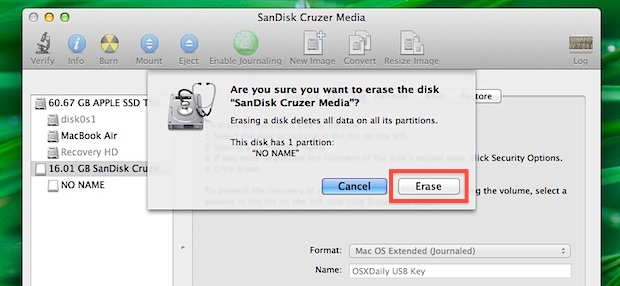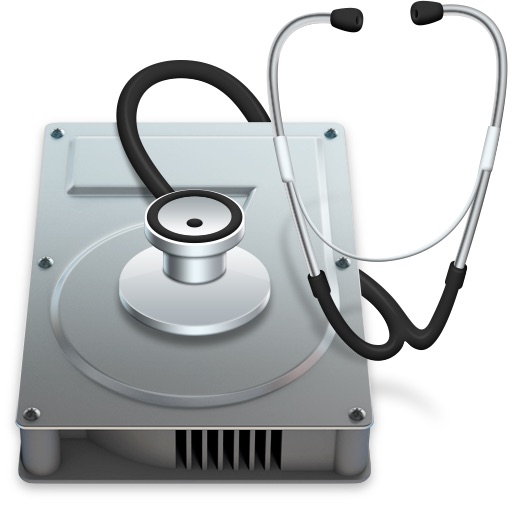
As you can see in the screenshot below that flash drive is successfully formatted to ExFAT format and now it’s completely compatible with both Mac and Windows PC. Formatting Flash Drive On Windows PC. Locate your USB drive under Devices and drivers and then right-click on it and select the Format option. Why format SanDisk USB drive? There are some main reasons for reference: Initialize the SanDisk USB flash drive for the first use. Remove write protection from a read only USB drive. Convert SanDisk USB drive file system from one format to another for certain reason, common file system for storage devices include FAT, FAT32, exFAT and NTFS. SanDisk 64GB EXTREME GO USB 3.1 Fast Flash Memory Pen Drive SDCZ800-064G-G46 4.5 out of 5 stars (58) 58 product ratings - SanDisk 64GB EXTREME GO USB 3.1 Fast Flash Memory Pen Drive.

If your Wireless Flash Drive shipped with a 64GB microSDXC card, 64GB and larger cards can be used without any modification
If your Wireless Flash Drive shipped with a 16GB or 32GB SDHC card please see the following steps for using higher capacity cards.
Memory cards with 64GB or higher capacity are called microSDXC cards. To use these cards in the SanDisk Wireless Flash Drive, they must be formatted per the instructions below.
NOTE: Once reformatted per the instructions below, these cards may not work with other devices. However, the cards can be restored to their original state per instructions below.

Format Sandisk Flash Drive For Mac And Pc Windows 10


Format Sandisk Flash Drive For Mac And Pc Free
NOTE: Due to file size limitation associated with the FAT32 file system, cards formatted in FAT32 will NOT support single files larger than 4GB.
Formatting a microSDXC card to work with SanDisk Connect Wireless Flash Drive:
Windows PC:
1. Download Easeus Partition Manager Home Edition from http://download.cnet.com/Easeus-Partition-Master-Home-Edition/3000-2248_4-10863346.html
2. Install the software.
3. Insert the microSDXC card to be formatted into your Wireless Flash Drive unit and plug into your computer.
WARNING: Backup all your data before formatting. Formatting will erase all data on the memory device.
4. Run Easeus Partition Manager. If it is already running, click the Refresh button in the toolbar.
5. Find the Wireless Flash Drive in the list of disks. If a microSDXC card is inserted and it is formatted as exFAT, the File System will be listed as 'Other'. It is important that you choose the Wireless Flash Drive disk from this list and not any other drive that happens to be inserted in your system! Check the drive letter against what you see in Computer to be sure.
6. Right-click on the partition listed and choose Format partition. Make sure that there are no other partitions being created.
7. You can optionally give the card a name at the Partition Label text box.
8. Choose FAT32 and set the cluster size to 64KB.
9. Click OK.
10. Click the Apply check mark in the toolbar and choose ,b>OK. The formatting process should now begin.
11. The microSDXC card will now be formatted as FAT32. This is verified by seeing the File System now listed as FAT32.
Mac OS X:
1. Insert the microSDXC card to be formatted into your Wireless Flash Drive unit and plug into your computer.
2. Make sure all files you want to keep are removed from the card since formatting will erase all the contents of the card.
3. Run the Disk Utility program that is standard with Mac OS X.
4. Click on the Erase button.
5. Select the Wireless Flash Drive in the left column.
6. For Volume Format, select MS-DOS(FAT) from the drop-down list.
7. You can optionally give the card a name at the Name text box.
8. Click the Erase button at the bottom right.
9. Exit Disk Utility and go drag & drop some files onto Wireless Flash Drive!
Restoring a microSDXC card back to purchased condition:
Windows PC:
1. Download the official SD Formatter from the SD Association web site.
2. Install the software.
3. Insert the microSDXC card to be formatted into your Wireless Flash Drive unit and plug into your computer.
4. Make sure all files you want to keep are removed from the card since formatting will erase all the contents of the card.
5. Run the program and format using all the default settings.
Mac OS X:
1. Insert the microSDXC card to be formatted into your Wireless Flash Drive unit and plug into your computer.
2. Make sure all files you want to keep are removed from the card since formatting will erase all the contents of the card.
3. Run the Disk Utility program that is standard with Mac OS X.
4. Click on the Erase button.
5. Select the Wireless Flash Drive in the left column.
6. For Volume Format, select ExFAT from the drop-down list.
7. You can optionally give the card a name at the Name text box.
8. Click the Erase button at the bottom right.
9. Exit Disk Utility.